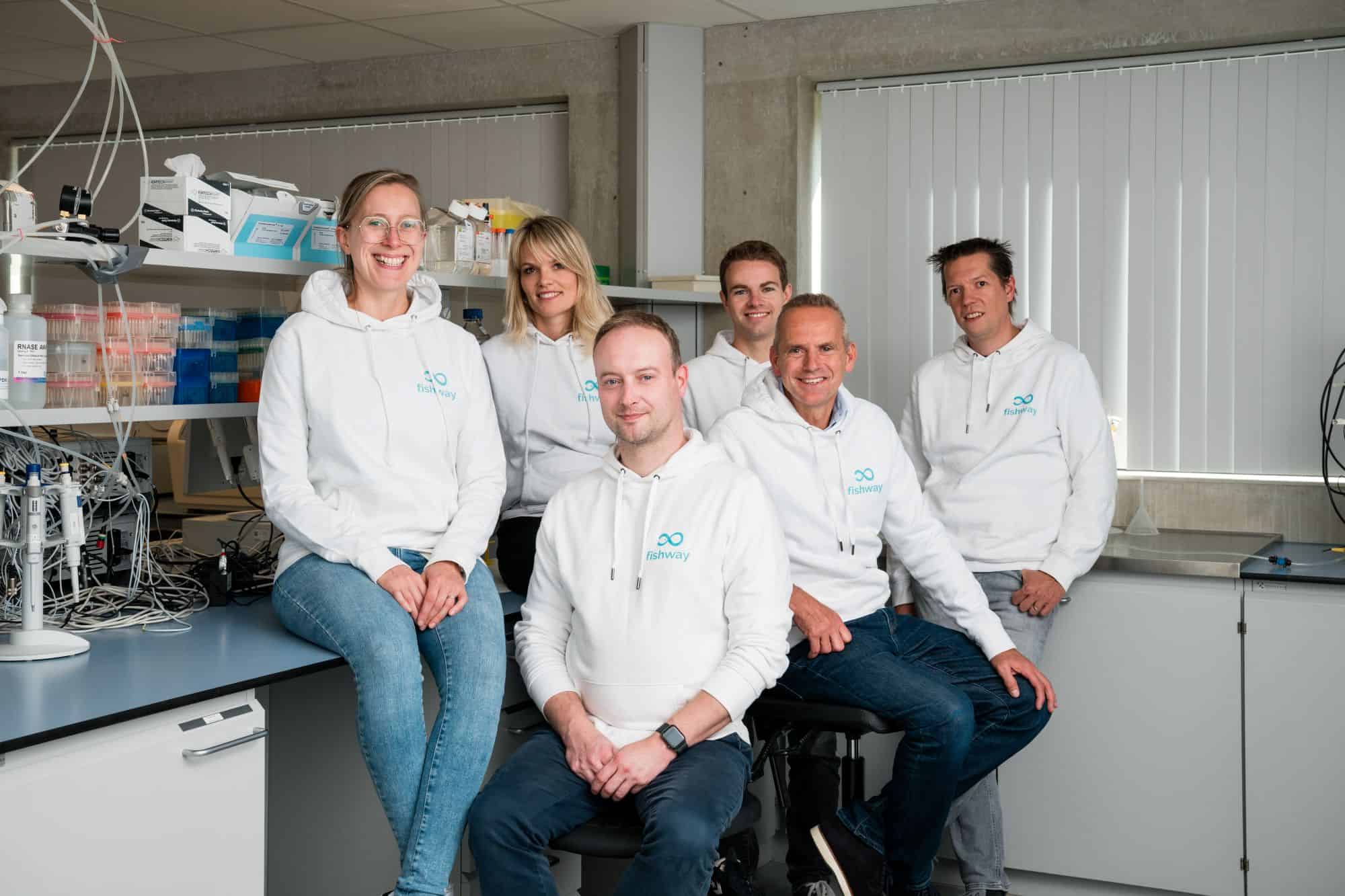Jim Mellon is Executive Chairman of Agronomics, a pioneering investment company focused on sustainable and alternative proteins. An accomplished author, entrepreneur, and investor, Mellon co-founded Agronomics in 2019 and serves on the boards of several of its portfolio companies, including Meatly and Clean Food Group. With decades of experience identifying emerging investment trends, he brings a strategic perspective to the rapidly evolving cellular agriculture sector.
In this guest article, Mellon explores the expanding potential of cellular agriculture beyond cultivated meat, highlighting technological advances, regulatory milestones, and the growing market opportunities shaping the future of clean food.
In the past year, the UK has given the first regulatory approval for cultivated meat which can now be used in pet foods, secured by our portfolio company – Meatly, furthermore the UK Government has invested £15m into a new National Alternative Protein Innovation Centre aimed at driving innovation in this sector and bolstering the UKs alternative protein offering. Finally, the UK’s Food Standards Agency launched its sandbox initiative back in March, helping a select few companies secure their regulatory approval within the next two years and speeding up the approval process for future companies.
There is immense excitement about the potential that cultivated meat and cell-cultivated foods have to offer. You need only look at the recent story about the possibility of cultivated food in space to see how much potential this technology is offering to a world crying out for sustainable alternatives that combat both the ongoing issues surrounding food security as well as the increasingly large carbon footprint that the food industry is producing.
Whilst it’s fantastic to see this appetite, for lack of a better word, for cell-cultivated food, we’ve really only scratched the surface of what is possible with this technology and science. We’re already starting to see cultivated and ‘clean food’ products on the shelves in Europe and in Asia, such as ice cream and mooncakes in Singapore.

The twin pillars of clean food
After the groundbreaking entry of cultivated meat into the public’s psyche, the well-known Mosa Meat live burger cookalong, cultivated meat became almost synonymous with a burger patty; however, since then, the ‘clean food’ sector has taken huge strides and expanded in ways that are truly groundbreaking.
We’re now at a point in time where clean food, sustainably created foods that don’t require carbon-intensive practices or questionable ethical procedures, can look to substitute these outdated means of food production with greener alternatives. That includes the process of cell cultivation for meat, but also through the process of precision fermentation. This innovative process, essentially an advanced form of brewing, has already been used by the pharmaceutical industry for many years. Now it is being used to further enhance the various ways in which clean food can be created, expanding clean food away from the base of meat and into new territory like dairy, fats, and enzymes.
Here are just a few innovators who are helping to evolve the cultivated food space:
- All G – This Australian company is producing real dairy proteins, identical to those found in cow’s milk, without the cow. Using precision fermentation, they are creating sustainable, high-quality ingredients for food fortification, supplements, and infant formula. The company has already achieved significant regulatory milestones, with approvals secured in the United States earlier this year and in China late last year.
- Meatly: As mentioned above, Meatly managed to secure the UK & EU’s first regulatory approval for their cultivated chicken aimed at pet food. Since then, they’ve launched the world’s first cultivated dog treat in Chick Bites, sold in Pets at Home in the UK this February.
- California Cultured: Another Cali-based business, but this time, they’re cultivating that much-loved treat we (most of us at least!) enjoy – Cacao! As well as cultivating chocolate, they’re also producing sustainably created coffee. This is incredibly poignant given the ongoing price volatility that these products are seeing this past year. In fact, due to extreme weather conditions, the global price of chocolate has risen fourfold in the past 12 months.
These companies, along with a myriad of others, are cultivating a wide range of key food products and proteins such as dairy, beef, chicken, pork, fish, chocolate, and so on – science can cultivate it!

A growing need
The necessity for products as those being provided by the companies listed above is growing with each and every day. Populations continue to grow, and with it, more mouths to feed. A report from the Food and Agriculture Organization of the United Nations shows that around 733 million people faced hunger in 2023, equivalent to one in eleven people globally and one in five in Africa, a number that has undoubtedly grown since then. Couple this with the increasing temperatures across the globe impacting crop yields and farming, and the need for sustainable, climate-proof means of producing food is critical.
Questions around the viability of this technology and products are quickly being tackled as well. Take, for example, the cost of the ‘media’ or foodstock that goes into the bioreactors, which has been one of the biggest hurdles in bringing prices down. Even as recently as two or three years ago, the cost of that media was around £700 per litre, cut to today and we’re seeing that cost having shrunk down to less than 20 pence per litre, dramatically reducing production costs. This new cost-efficient reality for cultivated meat companies further demonstrates why this innovative way of producing food is better, not just economically but also environmentally and morally.
The combination of the speed of these technological advancements, coupled with the versatility of cell-cultivation, demonstrates the immense potential that this sector has, which is starting to gain further traction with the general public. The approval of cultivated food in the UK and EU is a matter of when, not if, and when that moment arrives, it’s crucial that the consumer is aware of just how far this process can go. What started out as a burger has evolved into something with the potential to change how we produce food for the foreseeable future.




